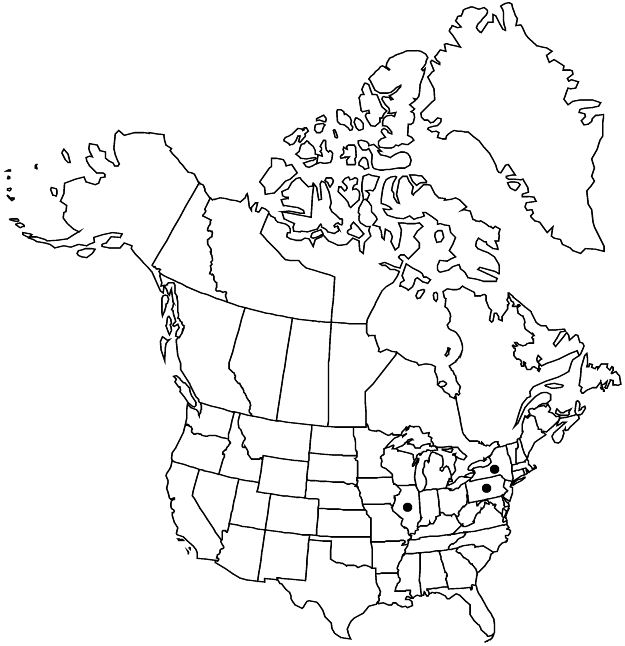Cornus mas
Sp. Pl. 1: 117. 1753.
Shrubs or small trees, to 5 m, flowering at 2 m. Stems solitary, branching profusely from lower trunk, bark of thin broad plates that shed sporadically, leaving a mottled gray-tan to red color; branches splotched with maroon, brown, or red, eventually splitting along longitudinal swellings; branchlets green, densely appressed-hairy; lenticels maroon swellings, often erupting with corky surface. Leaves: petiole 5–10 mm, base encircling twig; blade elliptic, 4–9 × 2–4 cm, base cuneate, apex acute or short acuminate, abaxial surface yellow-green, appressed-hairy, tufts of erect hairs in axils of secondary veins, adaxial surface dark green, sparsely appressed-hairy; secondary veins 4–5 per side, most usually arising from basal 1/2. Inflorescences 10–15-flowered; peduncle 5–10 mm; bracts tan or brown, ovate, 0.5–1 cm, apex obtuse with apiculate tip. Pedicels lax, apex flared. Flowers: hypanthium narrowly conic, appressed-hairy; sepals 0.1–0.5 mm; petals bright yellow, lanceolate, 3–4 mm. Drupes maturing from green to yellow, then red, ellipsoid, 10–15 × 5–7.5 mm; stone widely fusiform, 8–12 × 4–6 mm, with 2 lateral grooves on distal 2/3. 2n = 18
Phenology: Flowering Apr–Jun; fruiting Aug–Sep.
Habitat: Disturbed areas, woodland margins.
Elevation: 0–1000 m.
Distribution

Ill., N.Y., Pa., Europe, Asia.
Discussion
Cornus mas is regularly utilized in horticulture throughout North America and is a rare local escape.
Selected References
None.